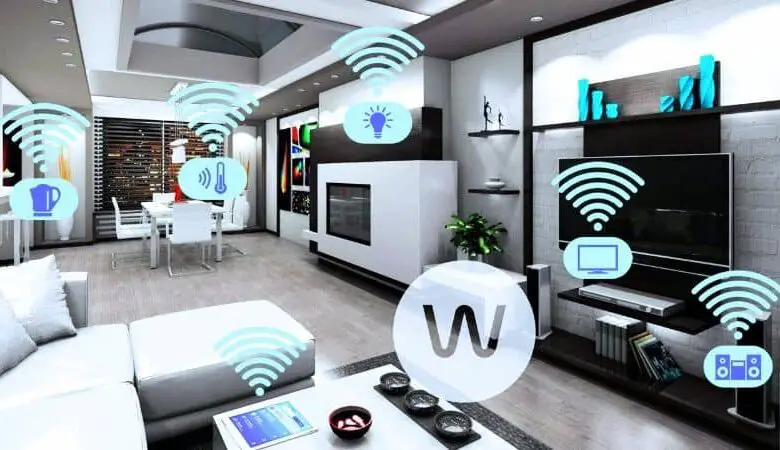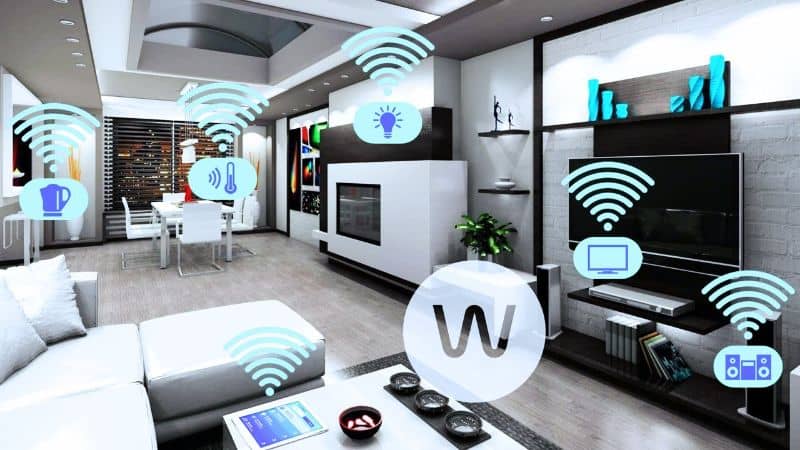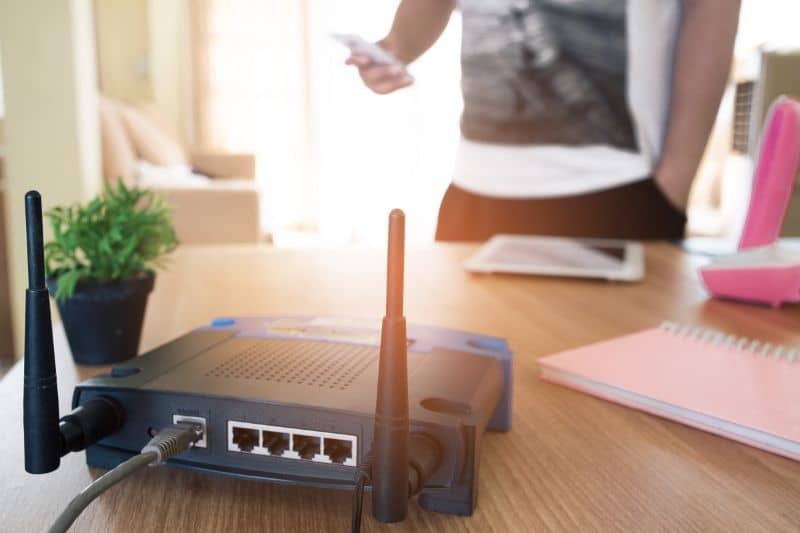Why Does My Smart Phone Drops Wifi for a Second and Then Back to Wifi

The internet has turned out to be one of the most useful inventions that man has created for his benefit. Thanks to this, devices can be connected to the network , which makes it possible to get the most out of their utility.
Wireless networks represent an important element because the use of the network Wi-Fi is increasingly added to everyday items . For more information, see this link on the operation of wireless network technology. While this tool is very useful, there is one downside and that is the amount of power it consumes on your phone.
Did you know that the WiFi consumes almost 60% of your battery? And it's not just a problem for your phone. It can also affect any device that is able to connect to the network, but with advanced technology it is possible to fix this problem.
This vital technology is known as passive WiFi . In this article, you will learn what it is and if it is better than the conventional.
What is passive Wi-Fi?

The goal is to reduce the power consumption that occurs when multiple devices are connected to a WiFi network. This is necessary because the IoT in the future will allow our connections to be on a larger scale .
So having a WiFi network responsible for reducing the daily consumption of devices up to ten thousand times less is incredible. Generating energy, but without subtracting the consumption of other devices, is a very small line that this network.
Why use the conventional? How does it work?
Conventional Wi-Fi and passive Wi-Fi present data transmission digitally if there is a difference. One of them is that the passive speed is just over 11 Mbps. In contrast, the conventional has a 54 Mbit / s and 300 Mbit / s.
So that conventional WiFi starts to work, there must be two devices to transmit and receive radio signals. In turn, the two devices with the appropriate hardware must handle the transmission and reception of data with information in an equitable manner.
In other words, the ring road A via cable receives internet signal reception and then processes it. Device B will receive this signal via radio waves.
This can be done in reverse when device B transmits a signal via radio waves to device A or to the wireless router.
What improves the Passive WiFi, it is that it allows this transmission and reception to take place on separate radio waves. This implies that only one device involved is the one transmitting the signal as there are specific passive sensors.
It is therefore not necessary that the two devices have an antenna and a high-speed chip as in classic WiFi. This last detail is what allows this wireless network to reduce the consumption of the devices involved in the transmission.
If your device says this technology takes full advantage of it, but if it doesn't and you want to have this passive WiFi, what can you do?
Your mobile device must have a passive chip installed in it for the intended operation to occur. In addition, your router must have specialized software to allow it to run this type of low-power wireless signal.
What are the advantages and disadvantages of passive Wi-Fi?

One of the advantages of this wireless network is that it is very efficient and thus reduces energy consumption. Thanks to this, it is possible to maintain a healthy environment, because less consumption equals less pollution.
Since it does not require you to jeopardize your savings, there is no need to buy new ones large installations, its operation is simple.
On the other hand, this wireless network has drawbacks because, new on the market, it is part of an improvement. As we have seen compared to the conventional WiFi network, it has a lower one, which means this is an area that needs improvement.
In the following link, find out more about WiFi Routers - What is it, what is it for, how does it work? - Their types and characteristics.
If you want to know more about Wi-Fi networks, this article on changing the router's administrator username and password Wi-Fi can be useful.

Why Does My Smart Phone Drops Wifi for a Second and Then Back to Wifi
Source: https://www.informatique-mania.com/en/tutoriels/quest-ce-que-le-wifi-passif-et-pourquoi-est-il-meilleur-que-le-wifi-conventionnel/
0 Response to "Why Does My Smart Phone Drops Wifi for a Second and Then Back to Wifi"
Post a Comment